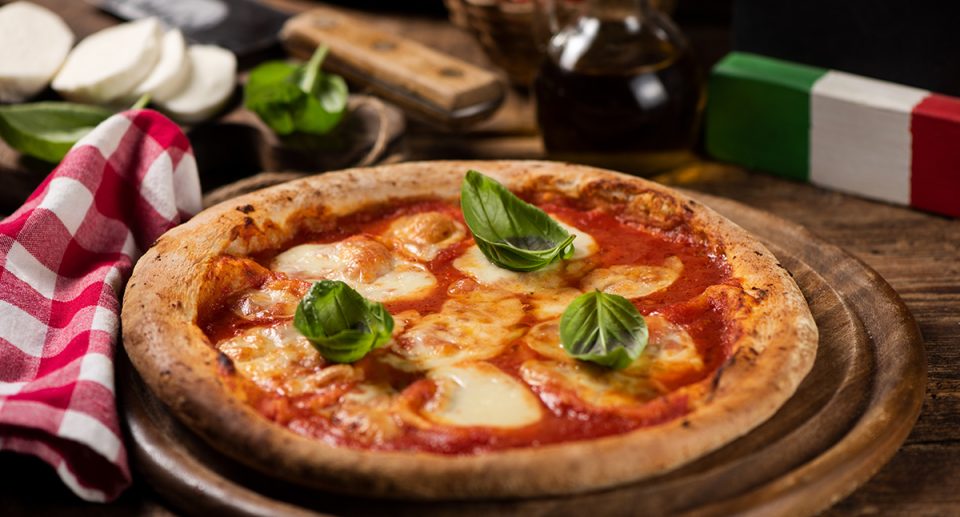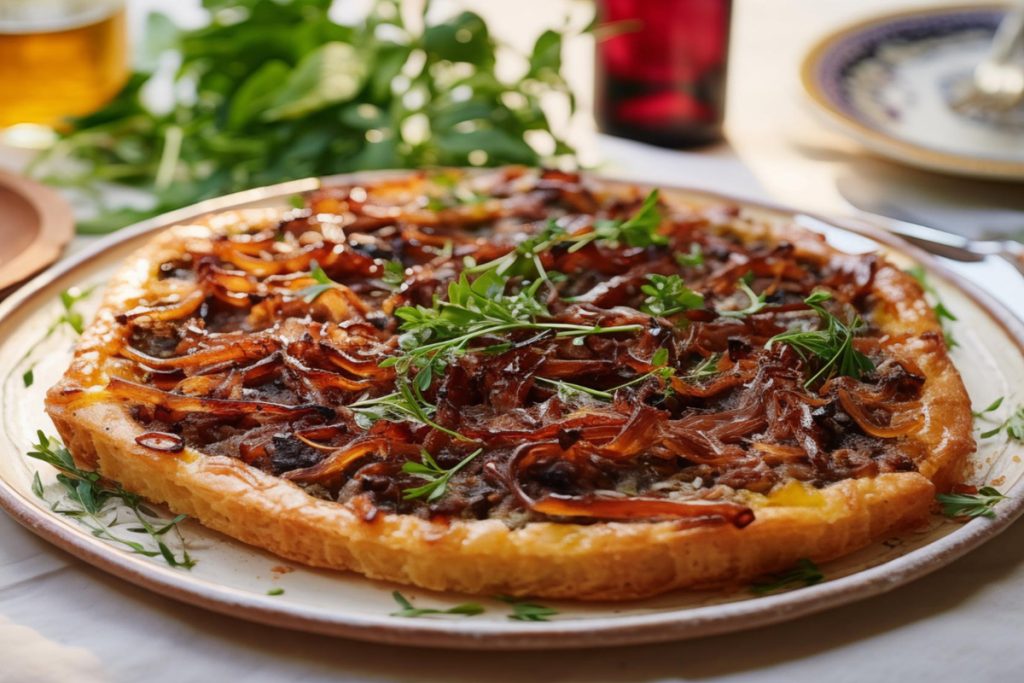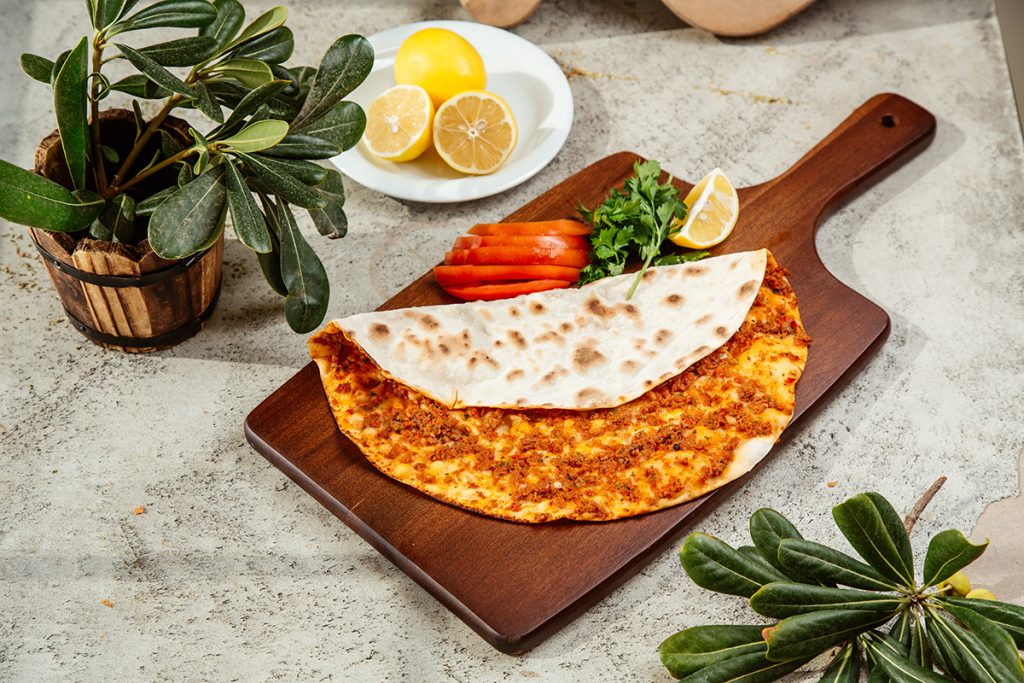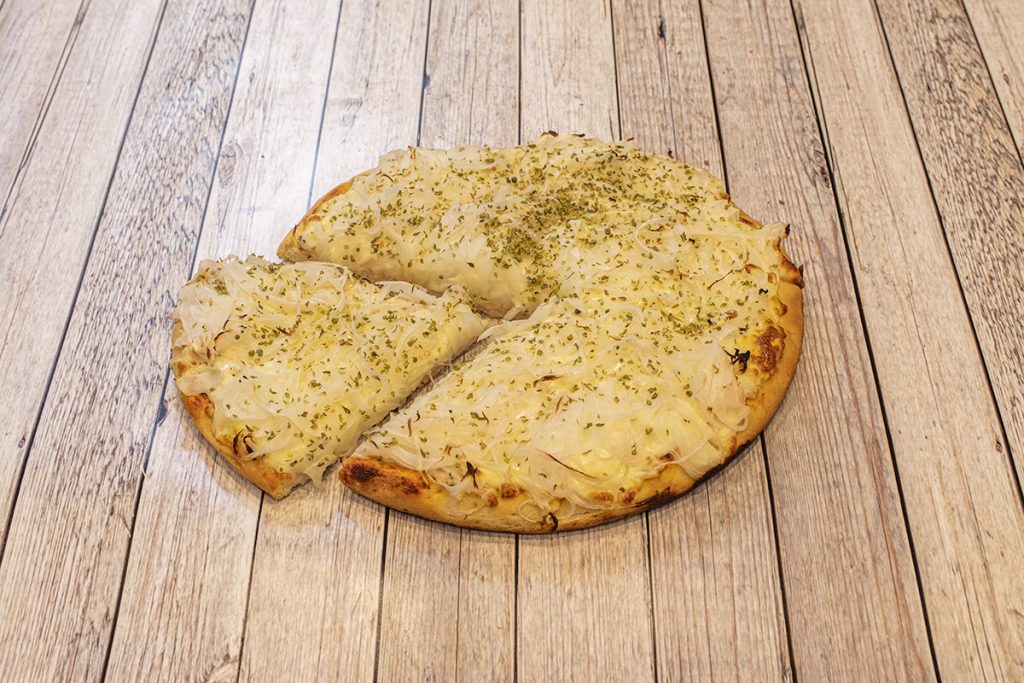Pizza – 10 versions of the world’s favorite food

For millennia, humans have enjoyed bread with various toppings. In Virgil’s Aeneid, wheaten cakes were used as platters. Fast forward 2000 years, and diverse pizza dishes have emerged globally, reflecting local tastes.
Pizzas now vary in thickness, sweetness, and toppings, ranging from meats like pork and beef to olives, anchovies, and even batter. Here are 10 pizza types from around the world.
01. Neapolitan (Italy)
In the early 18th century, Vincenzo Corrado, a chef, writer, and philosopher, documented Neapolitan pizza, detailing what we now recognize as the marinara—a simple dough with tomato sauce, garlic, and basil leaves.
The addition of cheese came in 1889 when renowned pizza chef Raffaele Esposito introduced mozzarella, creating the iconic margherita pizza.
Legend suggests that Esposito crafted this dish in homage to Queen Margherita of Savoy, symbolizing the colors of the Italian flag—red (tomatoes), white (mozzarella), and green (basil leaves).

02. Pissaladiere (France)
Nice, once under Italian control until the 1850s, showcases its culinary influence. Pissaladière, a pizza tart, features a thick layer of caramelized onions topped with olives, anchovies, and herbs—creating a sweet, salty, and oily dish suitable as an hors d’oeuvre or a full meal.
There’s a debate about the dough used in pissaladière. While some argue for authentic bread dough, others prefer a buttery shortcrust pastry as the superior base.
03. Flammkuchen (France and Germany)
Hailing from the Alsace region on the French/German border, Flammkuchen features thin, crunchy dough topped with soured cream, onions, and cured ham—usually small pieces of streaky bacon or finely diced schinken, akin to lardons but less fatty.
This lighter pizza style blurs the line between appetizer and main, offering a harmonious blend of dairy, garlic, and umami flavors that pairs excellently with beers from Alsace or any other German region.
04. Kebab pizza (Sweden)
In the 1960s, pizza gained popularity in Sweden, followed by the introduction of kebabs two decades later. In the 1980s, a clever fusion emerged—the kebab pizza. Typically, it features a thin or moderately thick base with cheese, tomato, doner meat, and kebab sauce.
Kebab pizza is so beloved in Sweden that Dalarna University academics recognized it as one of the nation’s most popular dishes. Particularly favored on January 1, it has become a traditional choice, likely to counter the effects of New Year’s Eve celebrations.

05. Lahmacun (Middle East)
This flatbread from the Middle East features a thin, round semolina dough base topped with a mixture of beef or lamb paste, onions, chillies, eggplant, tomatoes, and parsley. Lahmacun is seasoned with paprika, cumin, and lemon, and it can be served either flat or rolled up.
This dish is widely enjoyed in the region, particularly in Turkey, where it goes by the name lahmacun. In neighboring Armenia, it is referred to as lamadjo.
06. New York-style pizza (United States)
If the Neapolitan margherita marks the birth of modern pizza, then its initial descendant is the New York-style pizza. Italian immigrants, notably Gennaro Lombardi, pioneered this style in the early 1900s, opening America’s first pizzeria—Lombardi’s—in 1905.
Since then, New York-style fast food pizza has gained global fame for its oversized slices that can be conveniently folded and enjoyed on the move. The classic slice features a thin crust topped with mozzarella and a zesty tomato sauce seasoned with salt, sugar, oregano, garlic, and pepper. Some variations may include pepperoni and sausage.
07. Tlayuda (Mexico)
Tlayuda, also known as Mexican pizza, is a popular street food, or antojito, originating from Oaxaca in southern Mexico. This traditional dish features a large corn tortilla that is baked and dried to create a sturdy base capable of holding a variety of toppings, including refried beans, lettuce, salsa, cheese, sliced tomato, avocado, beef, chicken, and pork.
The result is a thin and crispy pizza-like dish bursting with fresh, flavorful, and savory ingredients. While the best examples of tlayuda are found in Oaxaca, you can also find delicious versions in Mexico City and other northern regions.

08. Fugazza (Argentina)
Buenos Aires leads globally in pizza consumption, favoring the popular fugazza style. Originating in Banchero’s pizzeria in the 1930s, the classic fugazza pizza features a thick, focaccia-style base generously topped with thinly sliced caramelized onions.
This tomato-free option provides a fresh, crunchy balance of sweet and savory flavors. For a richer alternative, the fugazzeta variant adds an extra layer of dough with mozzarella in between. Some chefs in the city may include artichoke, olives, and other Mediterranean staples in their offerings.
09. Coca (Spain)
Coca, a versatile bread style originating from Catalonia and Spain, can be adapted to suit various tastes and occasions. An example is the coca de trampo, a thin Majorcan flatbread topped with savory ingredients like tomatoes, onions, peppers, and occasionally goat’s cheese.
Trampo is usually cut into small square pieces, unlike the coca de recapte, which is stretched thin like pizza but eaten in larger slices. The latter features toppings like fish, meat, anchovies, pork sausages, and cured meat. Cocas, whether sweet or savory, are a prevalent part of Spanish cuisine and culture.
10. Calzone (Italy)
Concluding our global pizza journey is the Calzone, renowned as one of the most famous folded pizza variations. Originating in 18th century Naples, this folded style allowed for convenient on-the-go dining without compromising taste. The decadent pouch can be filled with a variety of pork and cheese, including salami, ham, lardons, ricotta, mozzarella, parmesan, and pecorino.
While the dough requires a 24-hour rise, the quick cooking time yields a golden brown crescent that satisfies both hunger and indulgent cravings.




















